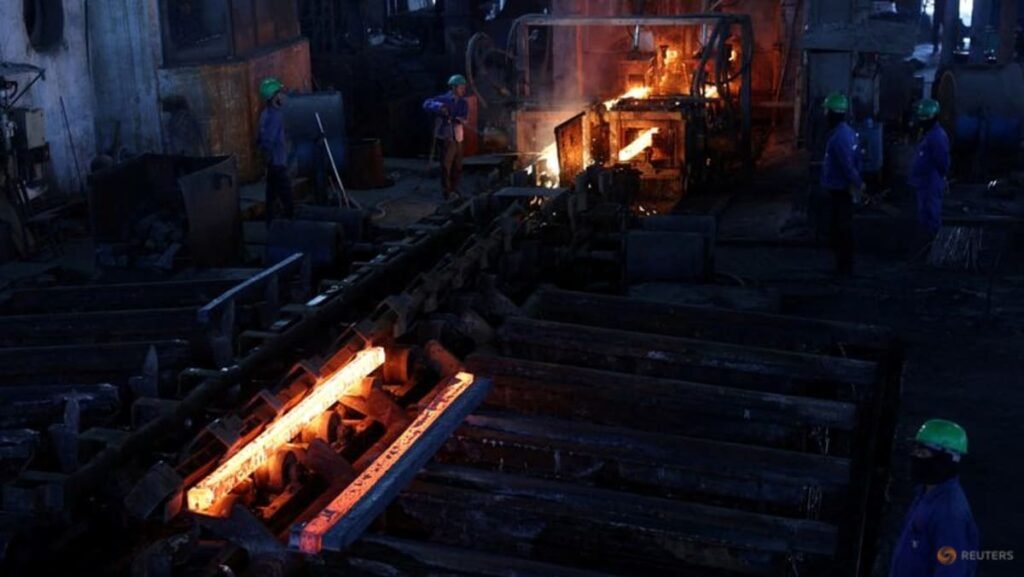On Wednesday (June 4), the US will increase the tariff rate on most imported steel and aluminum to 50% from the previous 25%. This action is part of President Donald Trump’s strategy to escalate a global trade conflict, coinciding with expectations that trading partners will present their “best offer” to avoid additional import taxes on various goods that are set to start in early July.
Late Tuesday, Trump officially enacted an executive order that will launch this tariff increase, which he announced unexpectedly last week. The new tariff rates will take effect starting Wednesday at 12:01 AM (12:01 PM Singapore time).
According to White House economic adviser Kevin Hassett, “We started at 25 percent, and after reviewing the data, we recognized that while it was beneficial, more assistance was required. That’s why we’re implementing 50 percent from tomorrow.” He spoke about this change during a steel industry conference in Washington on Tuesday.
This tariff hike will affect all trading partners except for Britain, which has managed to negotiate a preliminary trade agreement with the US during a 90-day halt on broader Trump tariffs. The tariff rates for steel and aluminum imports from the UK, which is not a major exporter of these metals to the US, will remain at 25% until at least July 9.
Approximately 25% of the steel used in the US is imported, with data from the Census Bureau indicating that the new tariffs will particularly impact Canada and Mexico, the top two sources of steel for the US. Canada also faces significant challenges with aluminum since it is the largest exporter to the US, accounting for nearly double the volume of the next ten largest exporters combined. The US relies on foreign sources for about half of its aluminum supply.
This unforeseen increase in tariffs has impacted market prices for both metals, especially aluminum, which has seen a more than twofold increase in price premiums this year. Given the limited current capacity for domestic production, import volumes may remain stable unless the rising prices dampen demand.

